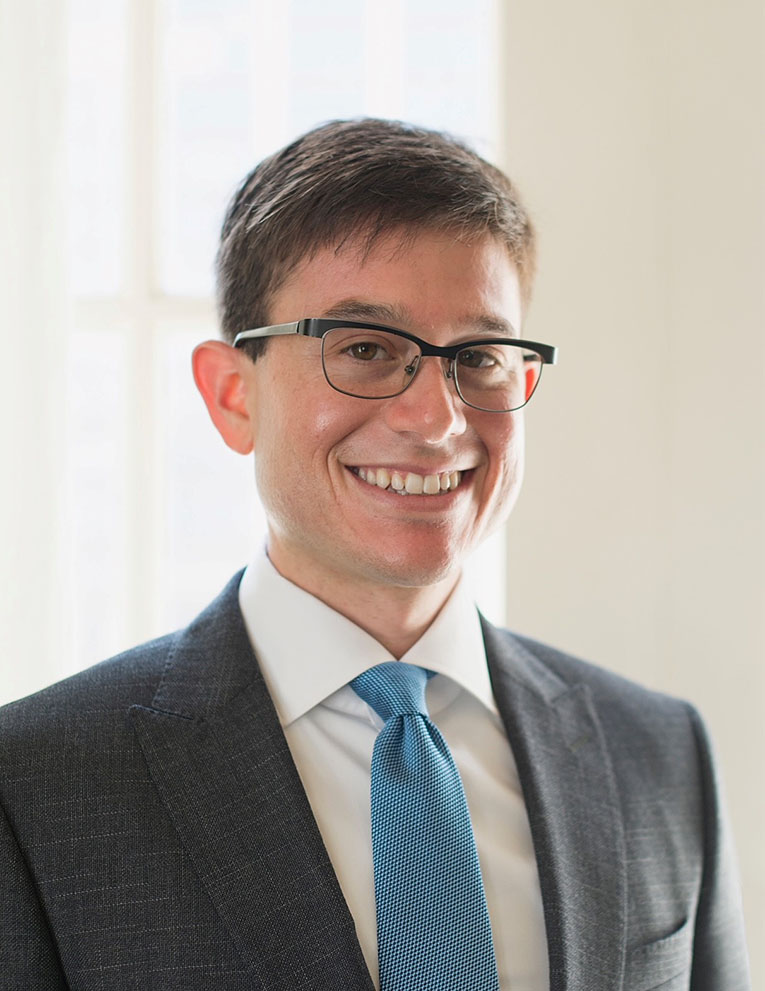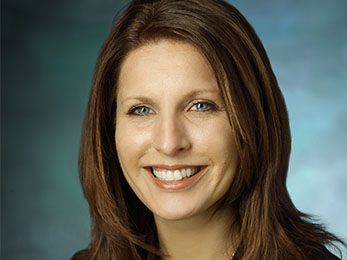Working to Improve the Patient Experience
The PFAC Collaborative strives to bring the input of patient and family advisers into systemwide decisions.

Steve Meth calls improving the patient experience an “honor and community commitment to continuously improving care delivery in ways that matter most to patients and families."
For Steve Meth, the new vice president and chief patient experience officer at Johns Hopkins Medicine (JHM), the work of the JHM Patient and Family Advisory Council (PFAC) Collaborative is a major priority. He joined the institution in June, bringing with him a decade in patient experience improvement in both not-for-profit and for-profit health care systems.
At Johns Hopkins, he has a group of patients, family members, caregivers, and faculty and staff members to help elevate that mission — the PFAC Collaborative amplifies the voices of patient and family advisers systemwide, bringing them to the table early in the development of patient-facing programs, processes and communications to provide feedback. The PFAC Collaborative consists of representatives from member organization PFACs as well as JHM patient experience leaders.
Re-imagined in November 2022, the JHM Collaborative (previously known as the Patient and Family Centered Care — Clinical Community) hopes to mirror the work of member organization PFACs throughout JHM, where patient and family advisers help shape decisions and patient-facing programs.
“We want to be that conduit of co-creating system changes that will impact patients and families,” says Stacy Colimore, the collaborative’s adviser and the director of patient experience for the Johns Hopkins Health System.
The member organization PFACs and the PFAC Collaborative have a threefold mission, according to Collaborative co-chairs Vicki Stearn and Lisa Rasmussen: to bring up issues that advisers experience as patients and family members so that the system can effectively address and improve policies, procedures and methods of providing care; to work with the health system to make it more patient-centered and family-centered; and to serve as a forum for JHM leaders and others to bring ideas, projects and patient-facing materials to advisers for their input.
Meth is currently working with stakeholders throughout JHM to get the word out about the PFAC Collaborative and to make it easier to access advisers across JHM. During the next year, he will work to further diversify PFACs so they better reflect their patient communities, and to build a database of advisers and their areas of expertise so that JHM leaders can easily obtain PFAC input.
A History of Change
The first PFAC was created by Johns Hopkins Children’s Center in 2007 as an eight-member steering committee, later growing to more than 50 parents and staff members. By 2013, PFACs were active in every Johns Hopkins Medicine hospital, community physicians group and home care group. Now, more than 400 people are in the PFACs, including patients, family members, caregivers, and faculty and staff members.
The PFACs’ work has resulted in victories for patients and the health system alike. The Johns Hopkins Hospital’s Oncology PFAC forged close connections with faculty at the Kimmel Cancer Center, and worked on MedMatch, a yearlong effort to make medication discharge summaries more accurate and easier for patients to understand — work that also informed other patient education materials. The group was involved in the opening of the Skip Viragh Outpatient Building, providing input regarding areas such as food service, design and patient communications. Group members also acted as test patients to evaluate systems before the building’s opening.
Suburban Hospital’s PFAC has worked with hospital leadership extensively on operations, including implementing bedside shift reporting, planning the hospital’s North Building (which opened in 2020), editing and designing materials for patients and having members participate in various hospital committees.
Each member organization PFAC works with clinical, administrative and other employees to provide guidance on how to improve the patient and family experience.
“We want to be that conduit of co-creating system changes that will impact patients and families.”
Stacy Colimore
Continuing to Improve Care
Before coming to Johns Hopkins, Meth was the chief patient officer for Nuvance Health, a not-for-profit health care system based in Connecticut and New York. Prior to that, he had the same position at Prime Healthcare, the fifth largest for-profit health care system in the U.S.
Among his achievements at Nuvance Health was creating a new care transition process that identified and averted thousands of potential patient harm events; sponsored and scaled employee resource groups to tackle health inequities in the communities Nuvance serves and promote inclusion in the health system; and led the launch of a caregiver center in Norwalk, Connecticut.
Meth has a master’s degree in patient safety leadership from the University of Illinois Chicago, a juris doctor degree from the California Western School of Law and a bachelor’s degree in journalism from the University of Arizona.
During and after law school, Meth was a law clerk for a medical malpractice plaintiffs law firm. He says the experience greatly informed his understanding of the patient experience and how patients can be unintentionally harmed.
Meth calls improving the patient experience an “honor and community commitment to continuously improving care delivery in ways that matter most to patients and families.”
“The goal is to foster therapeutic relationships and find ways to concretely make care delivery easier, more personal and higher yielding for patients and family members, and for staff and clinicians,” he says.
